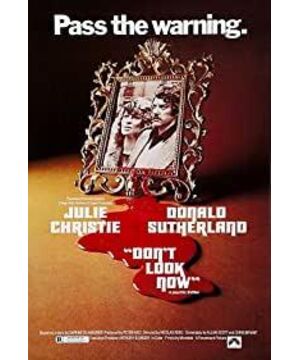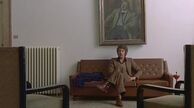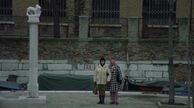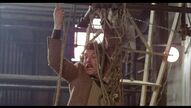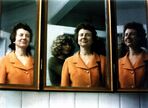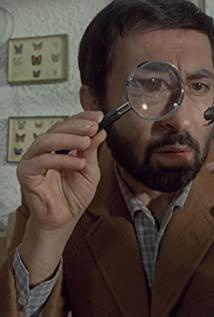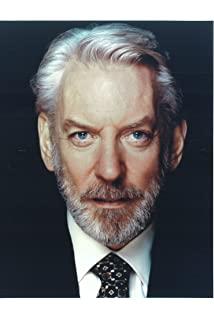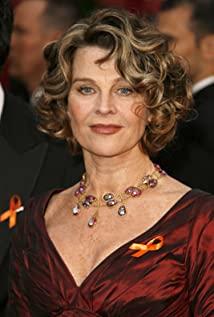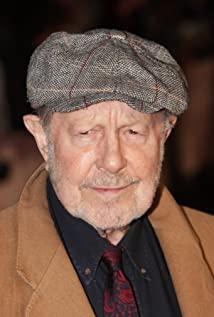This article is reproduced from the public account: Frank's Movie World
The film kicks off with the iconic sound of water, police sirens and bells in the water city. The little girl in red, Christine, pushes a cart and shuttles through the woods. The girl in red and the red ball floating on the water are even more interesting. Like a symbolic sign, the mother of the girl in red repeats repeatedly at the beginning, “The frozen water is not flat.” Along with the stained glass windows in the church and the little girl’s blood, the little girl sank into the water and died, just like Oil painting "Ophelia" by John Everett Millay.
(Introduction to the plot): The water city of Venice, the bleak arch bridge, the ancient and gloomy buildings, and the deep water that winds around and intersects the city, all of which render a kind of blur and death like the underworld, John (Donald · Sutherland) is an expert in the restoration of ancient buildings. He likes to study windows from different eras. He lives with his wife Laura (Julie Christie) and a boy, a girl and two children. On the outskirts of the rain, John was looking at a slide show in the room, and he could see that he was fascinated by a slide. The picture was a window, and a corner of the corridor next to the window showed an intriguing red. Death followed, and John’s daughter was wearing a red dress. The raincoat slowly sank in the outdoor pond in the wilderness. This initial death was sudden and calm. Although it had swallowed an ignorant child, the footsteps of death did not stop like this. Two old women appeared, one blind and one blind. After Laura came into contact with them, she found that the blind man was actually blind. He could see the past with his eyes open. The blind man said that she saw Laura's daughter dressed in red, and warned Laura that the dead daughter made Laura and his wife leave the place as soon as possible. John didn't agree with his wife's statement, but it was in the dark night of Venice. In the long narrow street, he vaguely saw a short red figure in a red suit and disappeared in a blink of an eye, that figure was like his own daughter .
Mysterious blind psychic woman, expressionless sculpture, the director has portrayed Venice into a lifeless ghost city. The film's photography style is worth mentioning. It uses a lot of moving lenses and deliberately shaken documentaries. Effect. This kind of photographic effect makes Venice look like a cursed maze, dazzling and creates a sense of suffocation. The core of the story is shaped to allow the protagonist to escape this maze. But in fact, they need to escape and not Not the city of Venice, but death itself, and the psychological cues surrounding this shadow of death.
In addition, the film is full of religious hints. John suddenly fell weightlessly while pasting the mosaic glass of the church and hung up and floated in the air.The disorder and chaos of the lens documented this scene.
The prophecies of death seemed to have hung over every one of them. John’s wife was going back to England, but he saw her appear on the boat in Venice with two other mysterious women. His daughter died and seemed to be alive again. His wife is gone and seems to be back again. This movie is like a heart maze, compromise to death? Or escape? Accusation? Can compromise be redeemed and liberated?
Even the man who appeared in the role of the judge can see these two women, just when he was accepting John's accusation. What do these two women represent? An exit? Or a deal with death Compromise channel? Here pay attention to the drawing on the wall behind the man. This weird drawing may be something the director is suggesting. There are many such suggestions and symbols in the movie. I personally think that the red metaphor in the movie is actually Alludes to death itself.
In the ghostly Venice, a group of people are chasing death and playing a game, and the director takes us to run around in this maze he built and improved. Play hide and seek with death, but people can do it with death Friends? The wife Laura that John saw is actually the future in parallel time and space. It's just that his denial of his own purposeful function eventually led him to his own destiny. The English name of the film is "Don't" look now”. Why don’t you look now? The director wants to say that what you see now is a future that has never happened, but if the future is destined to be dead, is there any difference between watching and not watching?
The advantages of this film are remarkable, and full of artistic charm. The old film in 1973, now it seems that it is still beautiful
View more about Don't Look Now reviews


